2012 London OlympicsAug 7, 2013 by Lucy Cameron
The Evolution of the Olympic Floor Routine
The Evolution of the Olympic Floor Routine
The Evolution of the Olympic Floor Routine
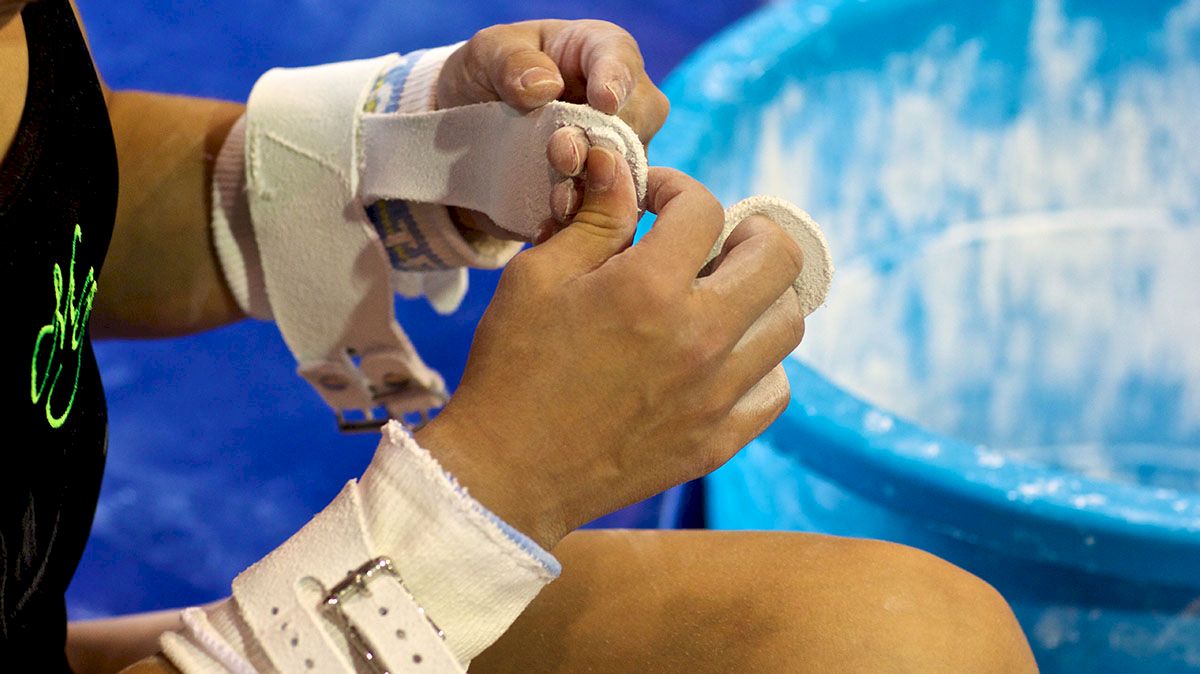
When watching the 2012 Olympics in London, one of the things that struck me was the insane difficulty scores that the gymnasts were posting, and how much more difficult the sport has become, even since the 2008 Olympics in Beijing. It gave me an idea - compare the skills being competed then, to now.
I then had another thought. Why not take it even further! All the way back to 1968. I decided to look at floor routines specifically, in honour of it being exactly a year since Aly Raisman won floor gold in London. It was difficult to find footage of full routines further back than '68, but from what I could see from my research, a typical tumbling pass would be as simple as just a round off back handspring.
Olympic Gold Medal Winning Floor Routines - 1968 - 2012
Vera Cáslavská - Czech Republic (formerly Czechoslovakia) : Mexico City 1968
Round off + layout 1/1 + jump into split.
Cat leap 1/1 + split leap.
Round off + layout step out. Front handspring + straddle swim through
Round off + layout step out, back walkover.
(Tied for gold with Larisa Petrik of the Soviet Union)
Olga Korbut - Soviet Union: Munich 1972
Dive roll. Front handspring + front tuck + round off + back handspring + back tuck. Side leap.
Round off + back handspring + layout to her stomach! Aerial walkover. Round off + back handspring + layout.
Score : 9.900
Nellie Kim - Soviet Union : Montreal 1976
Round off + back handspring + double tuck.
Front aerial.
Front handspring + pike front + round off + back handspring + layout.
Split leap. Round off + back handspring + layout 1/1.
Score : 10.000
Nadia Comaneci - Romania: Moscow 1980
Round off + back handspring + double pike
Round off + back handspring + layout 3/2 walkout + round off + back handspring 1/1
Split leap + full turn jump. Full spin.
Round off + back handspring + layout 2/1
Score : 9.950 (tied for gold with Nellie Kim of the Soviet Union)
Ecaterina Szabo - Romania: Los Angeles 1984
Round off + back handspring + double pike 1/1.
Switch leap 1/1
Round off + straddle jump
Round off + back handspring + layout 3/2 walkout + round off + back handspring + layout 3/2 + front tuck
Front handspring + side aerial.
Double spin
Round off + back handspring + double tuck
Score : 9.950
Daniela Silivas -Romania: Seoul 1988
Round off + back handspring + double tuck 1/1.
Round off + back handspring + layout 2/1 + front tuck + round off + back handspring + back handspring + layout 2/1 + front tuck.
Double spin
Round off + back handspring + double tuck
Score : 9.900
Lavinia Milosovici - Romania: Barcelona 1992
Round off + back handspring + whip salto + back handspring + double tuck 1/1 + front tuck
Switch leap + full turning tuck jump + straddle jump. Double spin.
Round off + back handspring + layout 3/2 walkout + round off + back handspring + layout 3/2 + front tuck 1/2 + stag jump.
Back handspring. Full turn jump.
Round off + back handspring + double tuck 1/1.
Score : 10.00 (the last woman to score one of these!)
Lilia Podkopayeva - Ukraine: Atlanta 1996
Front handspring + fly spring + double front tuck 1/2.
Front handspring + fly spring + front layout 3/2
Switch leap quarter turn. Back handspring.
Front handspring + fly spring + front layout + front layout 1/1
Three ballet - style pirouettes.
Handstand pirouette 2/1
Round off + back handspring + double tuck 1/1
Score : 9.862
Elena Zamolodchikova - Russia: Sydney 2000
Round off + back handspring + double tuck 2/1 (Double double! One of the first handful of women to successfully compete one!)
Round off + layout 3/2 walkout + round off + back handspring + triple twist
Switch leap quarter turn + straddle jump 1/1.
Round off + back handspring + layout 2/1 + punch front
Round off + back handspring + double tuck 1/1.
Score : 9.850
Catalina Ponor - Romania: Athens 2004
Triple spin + 1/1 straddle jump.
Round off + back handspring + 1/1 double pike
Round off + back handspring + layout 5/2 + front layout
Cat leap 2/1 + cat leap 1/1. Tuck jump 2/1.
Round off + back handspring + triple twist
Round off + back handspring + double pike
Score : 9.750
Sandra Izbasa - Romania : Beijing 2008 (the Olympic debut of the new open - ended scoring system)
Round off + back handspring + double pike 1/1
Round off + back handspring + double tuck 1/1. Triple spin.
Round off + back handspring + layout 5/2 + front layout 1/1.
Round off + 3/2 layout + 3/2 front layout.
Switch leap 1/1 + switch leap 1/2.
Round off + back handspring + triple twist.
Score : 15.650
Alexandra Raisman - USA : London 2012
Round off + 3/2 layout + round off + back handspring + double tucked Arabian + front layout.
Round off + back handspring + double Arabian piked + sissone.
Switch ring leap + split leap 3/2. Full spin.
Round off + back handspring + triple twist.
Switch leap 1/1.
Round off + back handspring + double pike + split jump.
Score: 15.600
It interested me how little focus there seemed to be on leaps and jumps in early floor routines. The spaces between the tumbling passes were instead filled with balletic movements, very different to the style of dance that we see from most gymnasts today.
I also noticed that the composition of tumbling runs has changed a lot since 1968, and used to be more varied. Lilia Podkopayeva's routine in particular, stood out to me as she used the front handspring - fly spring combination three times to build momentum for her somersaults. This combination is extremely rare now, as gymnasts often use the round off back handspring, the front handspring alone, or even another somersault to work out of.
In the past, it wasn't uncommon for gymnasts to cross the floor twice in one pass. They would land in one corner, then punch out of the skill and tumble back to the corner they started in. Daniela Silivas was known for this. Check out her crazy second pass, listed above! Gymnasts no longer do this. Because of the more difficult somersaults they now perform, one diagonal is quite enough!
This research led me to wonder: where is it going to end? Will we ever see a woman perform a two and a half twisting double tuck, or a quadruple twist?
I guess it may sound mad, but not any more so, I imagine, than a double twisting double tuck would have sounded to Vera Cáslavská in 1968.
Lucy
Related Content
 Replay: Lander vs Mars Hill | Mar 28 @ 6 PM
Replay: Lander vs Mars Hill | Mar 28 @ 6 PMMar 29, 2024
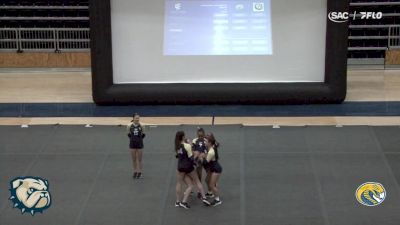 Replay: Coker vs Wingate | Mar 21 @ 6 PM
Replay: Coker vs Wingate | Mar 21 @ 6 PMMar 22, 2024
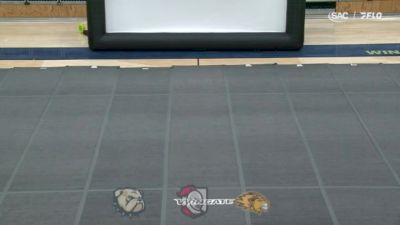 Replay: Wingate Tri-Meet - Acrobatics & Tumbling | Mar 15 @ 5 PM
Replay: Wingate Tri-Meet - Acrobatics & Tumbling | Mar 15 @ 5 PMMar 15, 2024
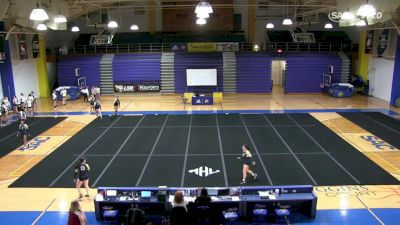 Replay: Mars Hill Tri-Meet | Feb 16 @ 6 PM
Replay: Mars Hill Tri-Meet | Feb 16 @ 6 PMFeb 17, 2024
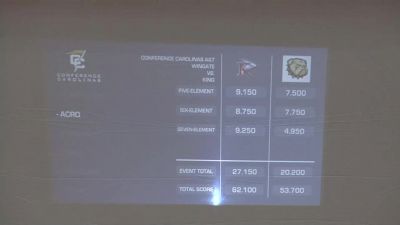 Replay: King (TN) vs Wingate - 2024 2024 King (TN) vs Wingate - Acrobatics & Tumbling | Feb 10 @ 4 PM
Replay: King (TN) vs Wingate - 2024 2024 King (TN) vs Wingate - Acrobatics & Tumbling | Feb 10 @ 4 PMFeb 10, 2024
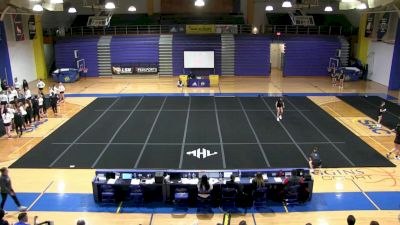 Replay: Belmont Abbey vs Mars Hill | Feb 10 @ 3 PM
Replay: Belmont Abbey vs Mars Hill | Feb 10 @ 3 PMFeb 10, 2024
 How to Watch: 2024 King (TN) vs Wingate - Acrobatics & Tumbling | Gymnastics
How to Watch: 2024 King (TN) vs Wingate - Acrobatics & Tumbling | GymnasticsFeb 10, 2024
 How to Watch: 2024 Wingate Tri-Meet | Gymnastics
How to Watch: 2024 Wingate Tri-Meet | GymnasticsFeb 8, 2024
 How to Watch: 2024 Wingate Tri-Meet | Gymnastics
How to Watch: 2024 Wingate Tri-Meet | GymnasticsFeb 8, 2024